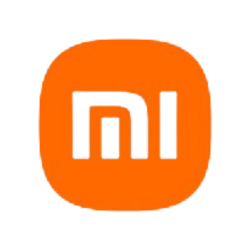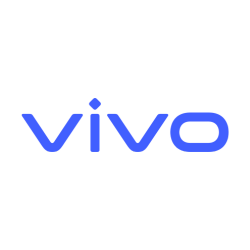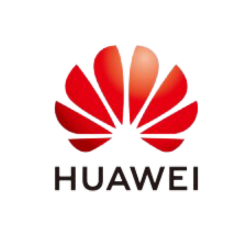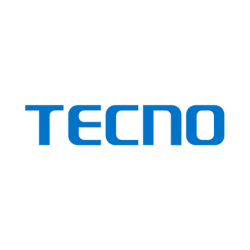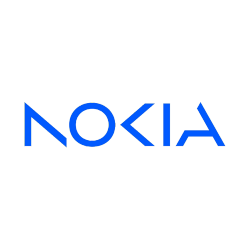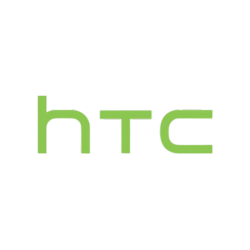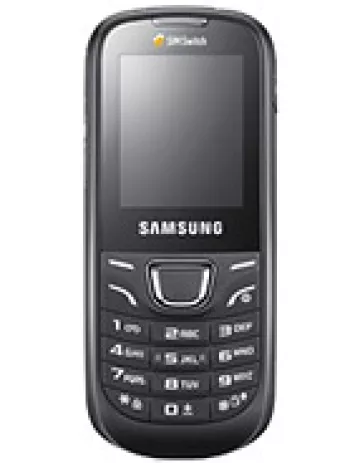
Overview of Samsung T479 Gravity 3
The Samsung T479 Gravity 3 is a feature phone released in 2010 that brings together essential functionalities tailored for users who prefer a straightforward mobile experience. Known for its QWERTY keyboard and compact design, the Gravity 3 positioned itself as a reliable choice for people seeking an alternative to touch-based smartphones during its release period.
Design and Build
The physical design of the Samsung T479 Gravity 3 is distinguished by its compact dimensions of 116.8 x 53.6 x 15.2 mm and a weight of 123 grams. Its slide-out QWERTY keyboard was a significant highlight, offering users the convenience of typing messages with ease. The phone's black color was sleek and understated, appealing to a professional and young audience alike. The construction was robust enough for day-to-day use, making it a durable choice in the feature phone market.
Display
Samsung T479 Gravity 3 features a 240 x 320 pixel TFT display with 256K colors, providing adequate clarity for basic mobile tasks such as texting and browsing. This screen configuration was typical for feature phones of the era, balancing colored visuals without the high power demands of more advanced display types.
Camera Capabilities
Equipped with a 2 MP main camera, the Gravity 3 catered to users who desired basic photographic capabilities in their mobile device. While modest by modern standards, this camera was sufficient for casual photography and capturing essential everyday moments. Video recording was also supported, allowing users to record clips, albeit at lower resolutions.
Performance and Hardware
Powering the Samsung T479 Gravity 3 is a 184 MHz CPU, which, while not designed for multitasking or high-resource applications, manages fundamental operations like messaging and calling. The internal storage of 70 MB can be expanded using a microSDHC card, providing flexibility for users who would need more storage space than the internal memory provides. Given its feature phone status, performance was adequate for its intended functionalities.
Battery Life
The device is powered by a removable Li-Ion 1000 mAh battery. This ensures up to 400 hours of standby time and approximately 6 hours of talk time. For a feature phone, this battery life was particularly advantageous, allowing users prolonged mobile usage between charges, a key criterion for many during its time.
Network and Connectivity
The Samsung T479 Gravity 3 supports GSM and HSPA technologies, aligning with the mobile standards during its release. The phone also offered Bluetooth 2.1 with A2DP, facilitating wireless connection to audio devices. However, it lacks WLAN capabilities, restricting internet connectivity options to cellular networks. The device includes a microUSB 2.0 port, ensuring basic connectivity for data transfer and charging. It also supports A-GPS with Google Maps, making navigation possible for its users.
Software and Applications
The Gravity 3 runs on proprietary Samsung software tailored for feature phones. It supports SMS, MMS, email, push email, IM, and RSS messaging. Internet browsing is available through WAP 2.0/xHTML and HTML compatible browsers. Java-based applications and games can be utilized, with MIDP 2.0 support, providing users with basic entertainment and utility applications. The overall software ecosystem aligns with the device's position as a reliable communication tool with limited but useful features.
Additional Features
The device includes traditional feature phone capabilities such as a photo call-enabled phonebook and call log storage for 90 entries divided among received, dialed, and missed calls. The auditory experience lacked a 3.5mm headphone jack, which may have been seen as a limitation for users interested in media consumption via traditional headphones.
Market Reception and Legacy
The competitive price point of about 130 EUR positioned the Samsung T479 Gravity 3 as an accessible option to users desiring a functional feature phone during an era increasingly dominated by smartphones. Despite being discontinued, this device is remembered for its practical design and reliable communication features. It represented a transitional model for users transitioning from basic mobile phones while not yet ready for the complexity of early smartphones.
Conclusion
The Samsung T479 Gravity 3 stands as a testament to a time when mobile phones were undergoing significant evolution. By blending essential communication tools with enhanced typing and connectivity features, it catered to a niche of users valuing reliable performance in their mobile devices. Even today, it is remembered for its solid construction, useful feature set, and as a touchpoint for conversations on mobile phone progression over the decades.
Key Features of Samsung T479 Gravity 3
- Supports GSM / HSPA technology for reliable connectivity.
- Compact design with dimensions of 116.8 x 53.6 x 15.2 mm and weight of 123 g.
- Equipped with a QWERTY keyboard for easy typing.
- Display features TFT technology with 256K colors for vibrant visuals.
- Expandable memory through a microSDHC card slot.
- 2 MP main camera with video recording capability.
- Bluetooth 2.1 with A2DP for wireless audio and data transfer.
- Includes A-GPS for location-based services with Google Maps support.
- MicroUSB 2.0 for efficient charging and file transfer.
- Variety of messaging options: SMS, MMS, Email, Push Email, IM, RSS.
- Removable Li-Ion 1000 mAh battery providing up to 400 hours of standby.
Disadvantages of Samsung T479 Gravity 3
- No support for modern network technologies such as LTE, limited to GSM/HSPA only.
- The device has been discontinued, making it harder to find replacement parts or support.
- The display is low resolution at 240 x 320 pixels with only 256K colors.
- Very low CPU speed at 184 MHz, which affects overall device performance.
- Limited internal storage of 70MB, although expandable via microSDHC.
- Main camera is only 2 MP, which may not meet modern photography standards.
- Lack of a front-facing camera limits video calling capabilities.
- No Wi-Fi support, limiting wireless internet connectivity options.
- No FM radio capability for listening to local stations.
- No 3.5mm audio jack; requires adapters for standard headphones.
- Battery is relatively small at 1000 mAh, yielding only up to 6 hours of talk time.

View Also
More Phones
All Rights Reserved +14266 Phones © Mobilawy 2025



